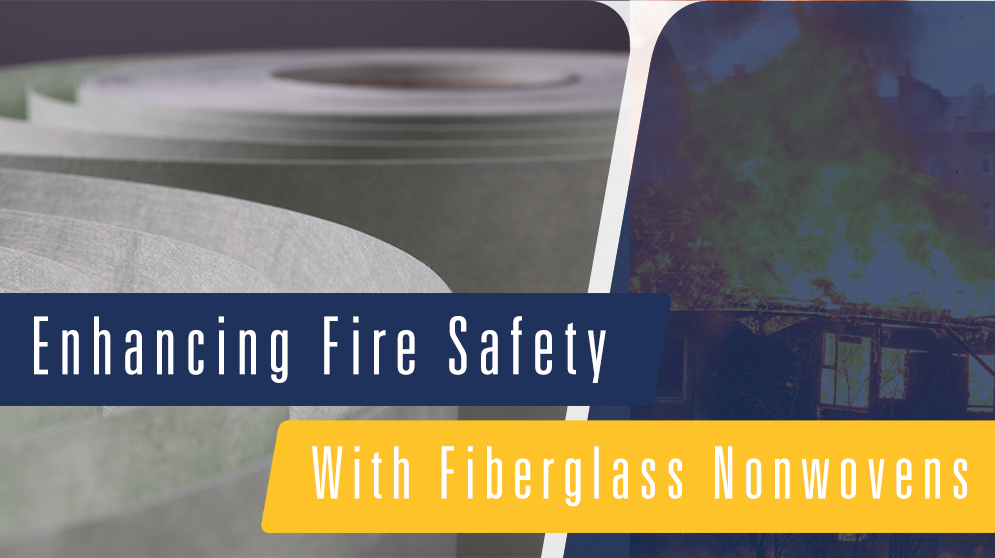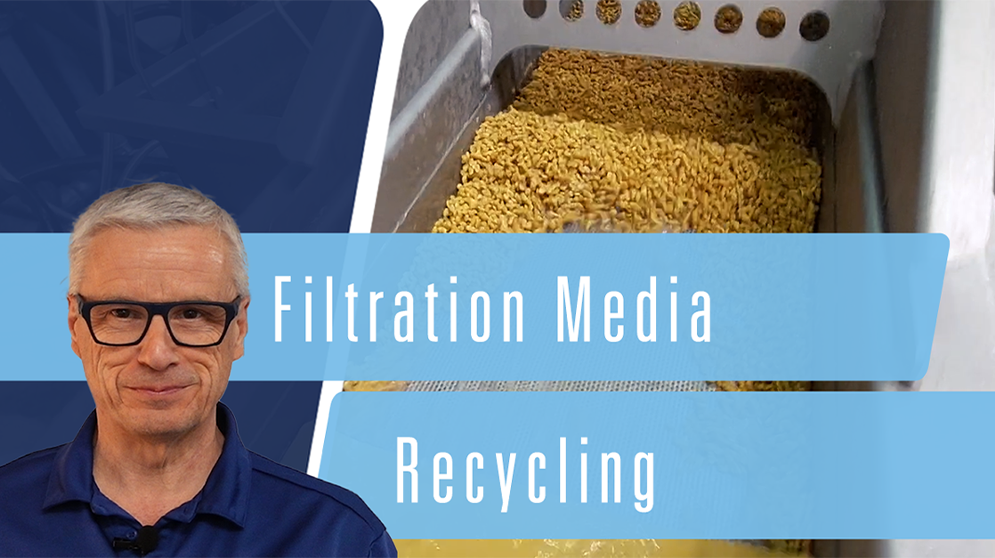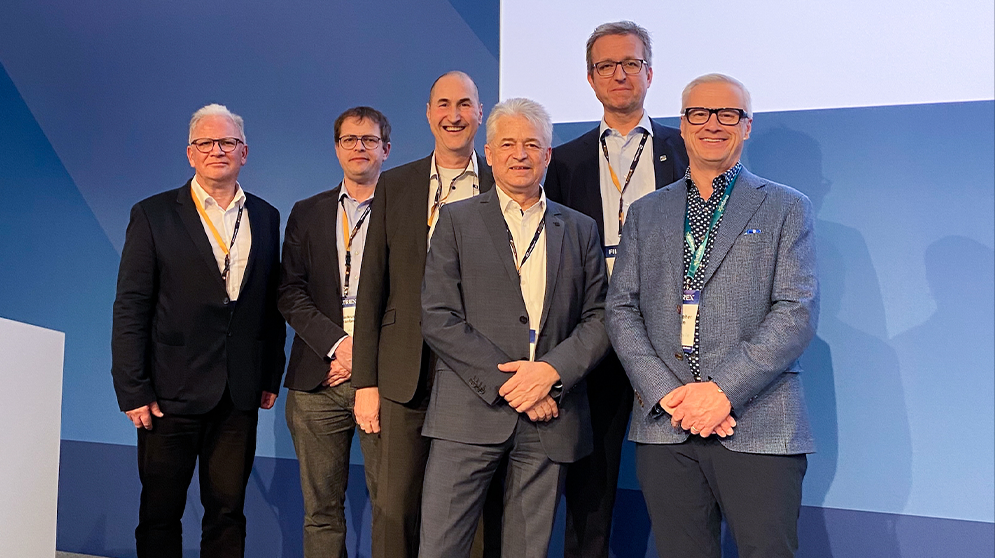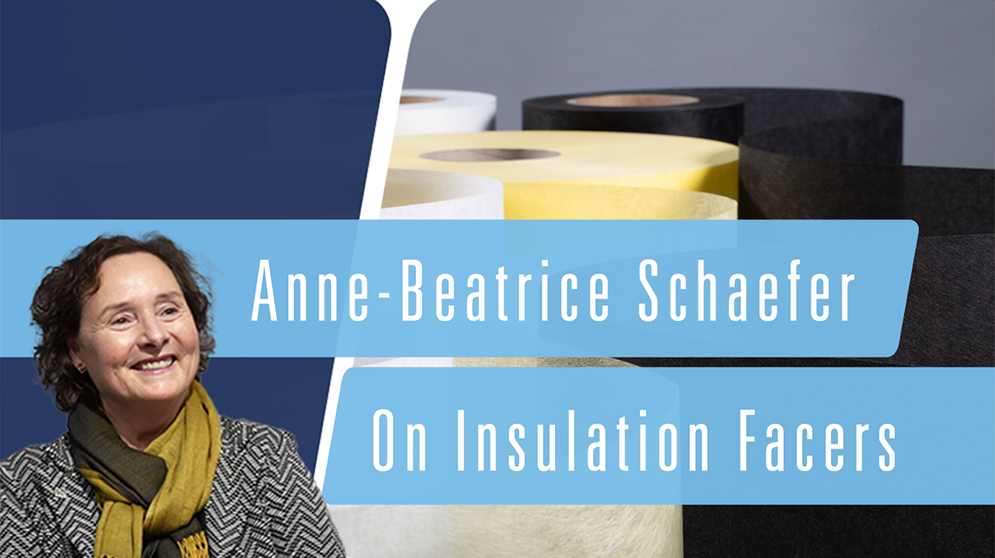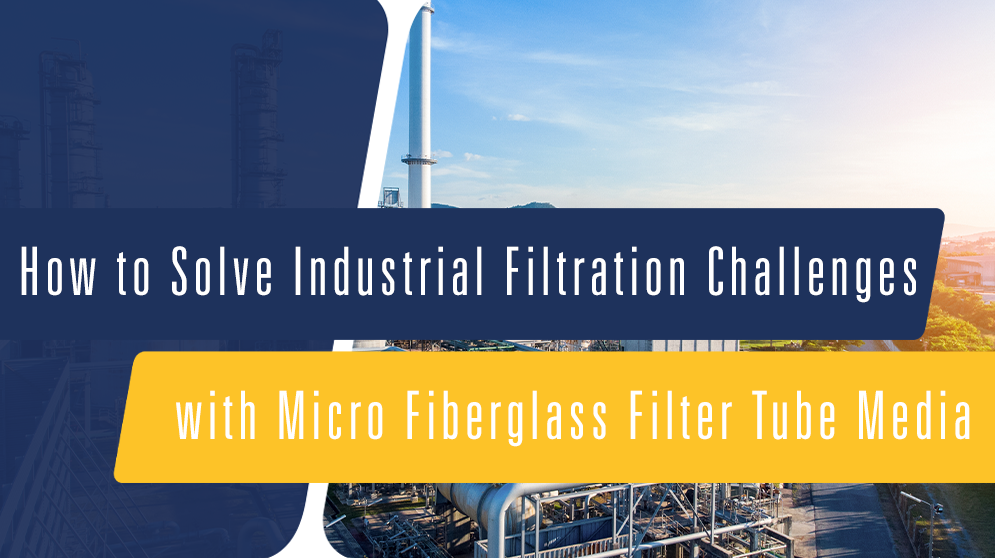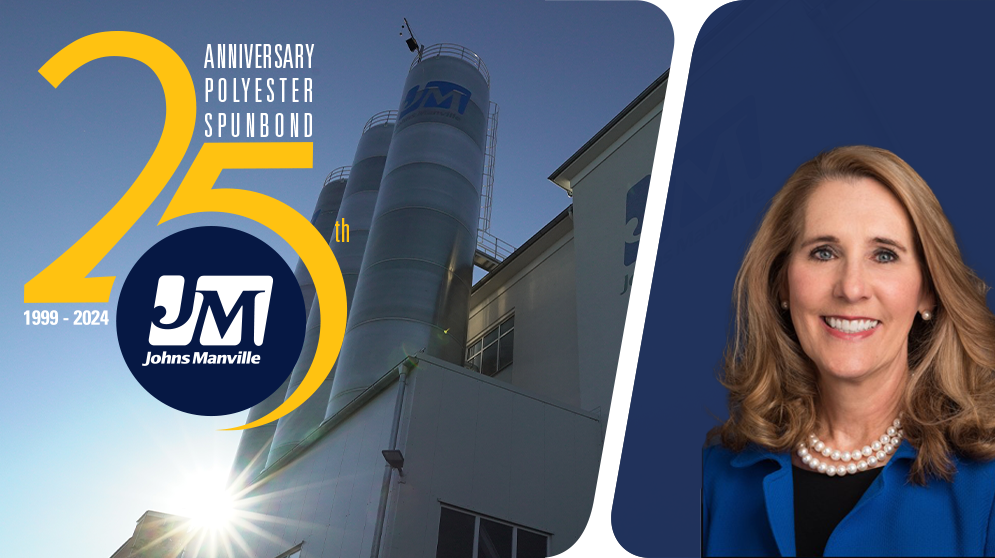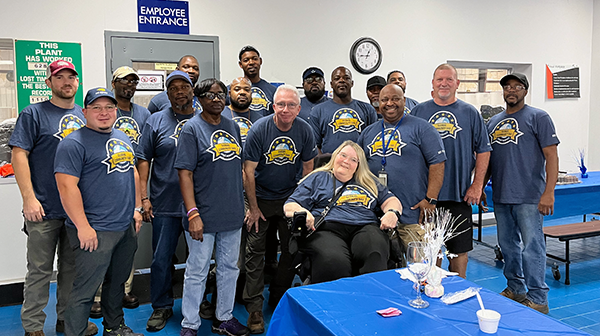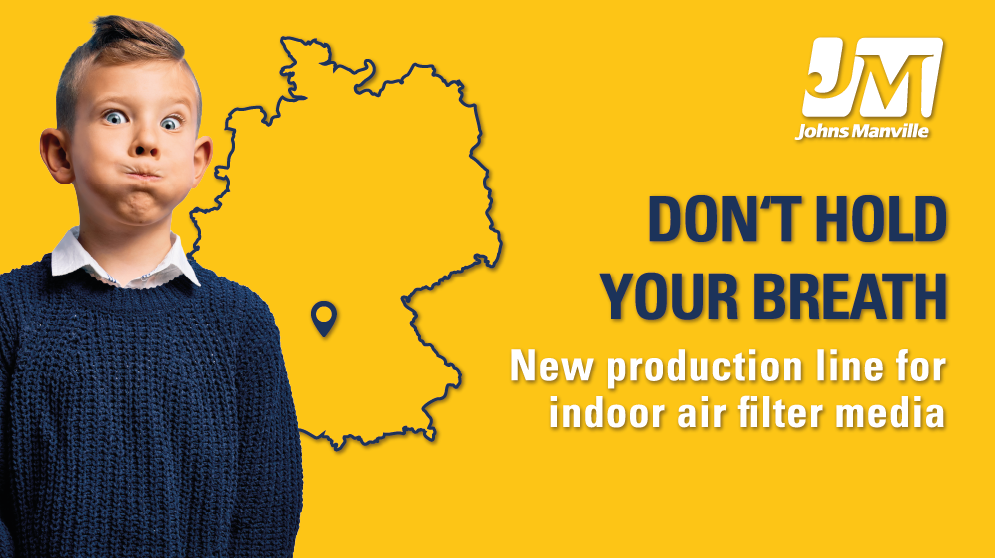Fire safety is a paramount concern in the construction industry, directly impacting the protection of life and property. Effective fire performance strategies are vital to minimize fire hazards and enhance building resilience. Understanding the fundamentals of fire and implementing materials that can withstand and slow the spread of fire are essential for building safety. Fire is essentially a combustion process—a high-temperature exothermic reaction between a fuel and an oxidizing agent, typically oxygen. The combustion triangle highlights the three critical elements needed for fire: heat, fuel, and an oxidizing agent. Removing any one of these elements can prevent or extinguish a fire.

In construction, materials must be chosen and designed to either resist ignition or slow the spread of fire. This involves employing fire-retardant mechanisms, such as:
- Oxygen scavengers: Capturing available oxygen to inhibit combustion.
- Inert gas release: Introducing gases like nitrogen or water vapor to reduce oxygen concentration.
- Energy absorption: Decomposing non-combustible compounds to absorb energy.
- Physical barriers: Creating barriers to minimize oxygen availability to the fuel.
Key Fire Testing Methods: EU and US Standards
Fire performance testing varies across regions, with the European Union and the United States having distinct standards and methodologies.
European Union Standards
In the EU, fire testing is divided into two main categories: reaction to fire and resistance to fire. These categories correspond to different phases of the burning scenario.

1. Reaction to fire: This phase concerns how materials contribute to the fire's initial growth. It includes how quickly and intensely materials ignite and burn, thereby influencing the incipient and growth stages of a fire. The key standard here is EN 13501-1, which classifies materials from A1 (non-combustible) to E (flashover time before 2 min) and F (no performance determined). Key tests include:

- EN ISO 1716 (Calorific Bomb Test): Measures the total energy content (PCS) of a material, indicating how much heat it will release when completely burned. Glass nonwovens have a low PCS value, making them less likely to contribute significantly to a fire.
- EN 13823 (Single Burning Item Test): Evaluates parameters such as lateral flame spread (LFS), flaming droplets/particles, total heat release (THR), fire growth rate index (FIGRA), total smoke production (TSP), and smoke growth rate (SMOGRA). This test simulates a fire starting in a corner, crucial for assessing how materials behave in real-life fire scenarios.

2. Resistance to fire: This phase evaluates how long building components can withstand fire exposure, correlating with the fully developed burning and decay stages. The relevant standard is EN 13501-2, which classifies systems based on their ability to maintain structural integrity during a fire. Key aspects include:
- EN 1363: Assesses criteria such as integrity (preventing flames and hot gases from passing through), thermal insulation (preventing heat transfer), mechanical action (withstanding loads), and radiation. Tests measure performance over time periods of 15, 30, 60, 90, 120, 180, and 240 minutes.
In summary, reaction to fire focuses on the initial response of materials to fire, determining how they contribute to fire growth, while resistance to fire assesses the endurance of building components under prolonged fire exposure.
United States Standards
In the US, fire testing methods focus on combustibility and flame spread:
- ASTM E136: The starting point for any sort of fire testing in the US is combustibility. Similar to the EU's ISO 1182, the ASTM E136 test determines how materials react to high temperatures (750°C) over a 30-minute period.
- ASTM E84: This test measures flame spread and smoke development using a 24-foot / 7.3 m long tunnel furnace. Materials are compared against reference standards like fiber cement board (zero flame spread) and red oak flooring (100 flame spread).

- NFPA 286: This large-scale test measures the time to flashover and other fire behavior parameters in a room scenario. It uses a natural gas burner to evaluate how materials on walls and ceilings react to fire over a 30-minute period.
- ASTM E119: Assemblies are exposed to a standardized fire curve to evaluate the fire resistance and structural integrity of walls, floors, and ceilings. Results are reported in time increments, indicating the duration they can effectively resist fire, ensuring safe evacuation and minimizing damage.
- ASTM E108: This test assesses the fire performance of roofing systems by testing their resistance to flame spread and penetration. This involves three tests: intermittent flame exposure, spread of flame, and burning brand. High ratings indicate that roofing systems can effectively prevent fire from spreading.
- NFPA 285: Evaluates the fire performance of exterior wall systems in multi-story buildings, focusing on fire spread through cladding and insulation materials.
- ASTM E1354: This cone calorimeter test measures the heat release rate, smoke production, and other fire properties of materials on a small scale. It provides essential data on material behavior in a fire, aiding in the development of fire-retardant products and ensuring their effectiveness.

- Other specialty fire tests:
- Air handling ducts (UL 181): Tests flame penetration and smoke generation in air ducts.
- Exterior walls for wildfire exposure: Evaluates resistance to wildfire ignition and spread.
- Smoke density & toxicity: Measures the density and toxicity of smoke produced by materials.
How Fiberglass Nonwovens Improve Fire Performance
Fiberglass nonwovens, also known as fiberglass mats, offer exceptional benefits in enhancing fire performance of construction materials. These mats are primarily inorganic, resulting in low calorific values and minimal energy release during combustion.

Key advantages of fiberglass nonwovens include:
- Reduction in flame spread and smoke production: When used as facers on materials, fiberglass nonwovens significantly limit flame spread and smoke development. This is crucial for meeting stringent fire safety standards.
- Improvement in structural integrity: In tests like the single burning item and corner burn test, fiberglass mats help maintain the integrity of materials, preventing flashover and enhancing safety ratings.
- Enhanced fire resistance: Serving as thermal shields with decomposition temperatures exceeding 1200°C, fiberglass nonwovens enable building systems to resist fire for extended periods. This is critical for providing sufficient time for evacuation and emergency response.
For instance, using Evalith® glass nonwovens from Johns Manville in applications such as mineral insulation wools, façade panels, and ceiling tiles contributes to achieving non-combustible or limited combustible classifications. The low PCS value of these nonwovens enhances the overall fire performance of the final product.
Capabilities and Expertise in Fire Performance Solutions
At Johns Manville (JM), we leverage advanced fire testing capabilities and extensive expertise to develop high-performance fire-retardant materials. Our state-of-the-art technical center in Littleton, CO, USA is equipped with comprehensive testing facilities, including:
- Steiner tunnel (for ASTM E84)
- Tube furnace (for ASTM E136 / ISO 1182)
- Cone calorimeter
- Flame penetration and smoke density chamber (for UL 181)

These facilities enable us to conduct rigorous testing for our product development and to support our customers in achieving regulatory approvals. In addition, we have researchers at our regional technical centers in North America and Europe working on getting the best products designed for our clients’ specific needs.
Boost Your Product’s Fire Resistance with JM’s Custom Fiberglass Nonwovens
Manufacturers of roofing materials, insulation, exterior sheathing, ceiling tiles, flooring, wall coverings, and others face the critical challenge of ensuring their products meet stringent fire safety standards. At JM, we understand these pain points and offer advanced fiberglass nonwovens to enhance fire performance. Our customer-centric approach and ability to develop tailor-made solutions ensure we meet your diverse needs. Let us help you achieve superior fire safety and compliance in your construction projects.
Contact us today to discuss how we can support your fire performance requirements and help you stay ahead in the industry.
-
Engineered ProductsWhy Exterior Sheathing Needs a Tough Partner – And Why Our Fiberglass Nonwovens Are Up for the Job
-
Engineered Products
-
Engineered Products
-
Engineered Products
-
Engineered Products
-
Engineered ProductsHow to Solve Industrial Filtration Challenges with Evalith® Micro Fiberglass Filter Tube Media
-
Engineered Products

